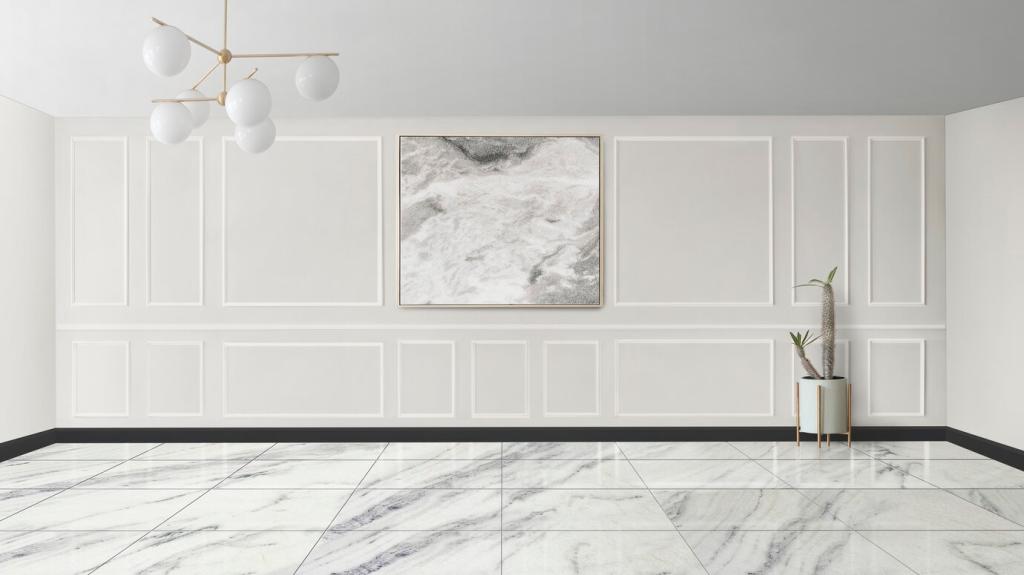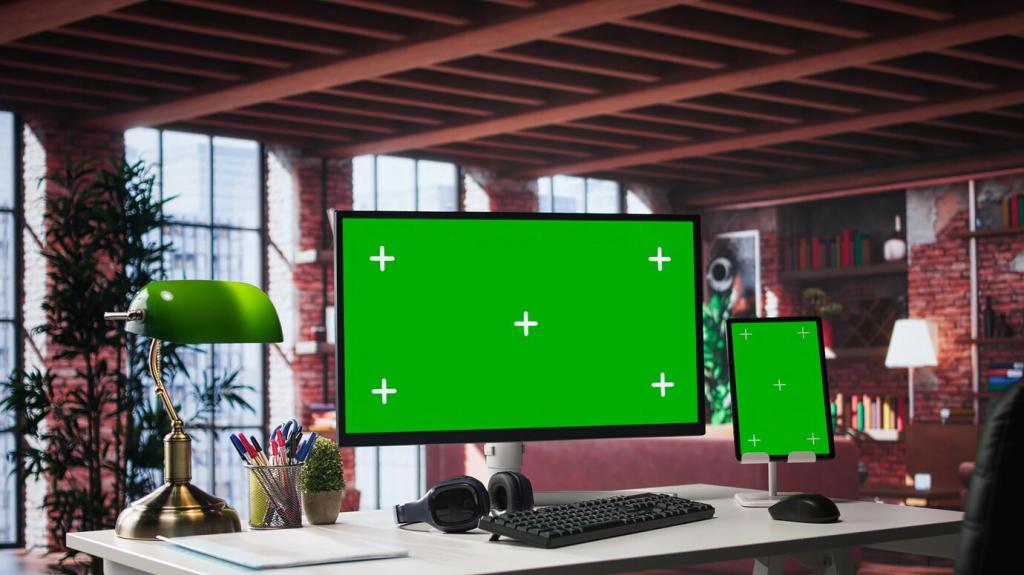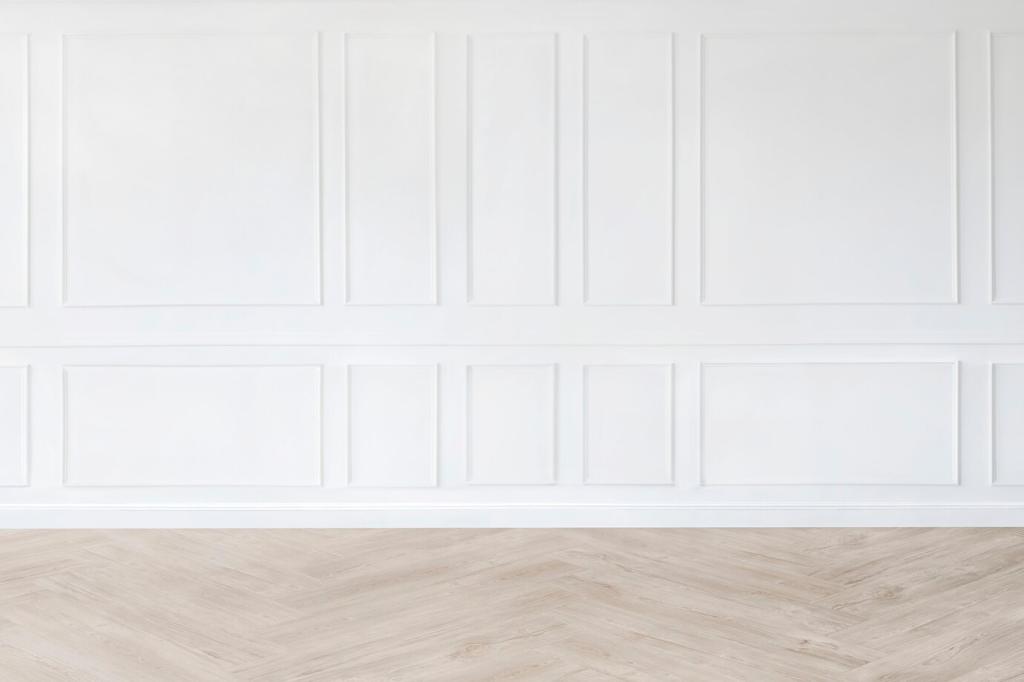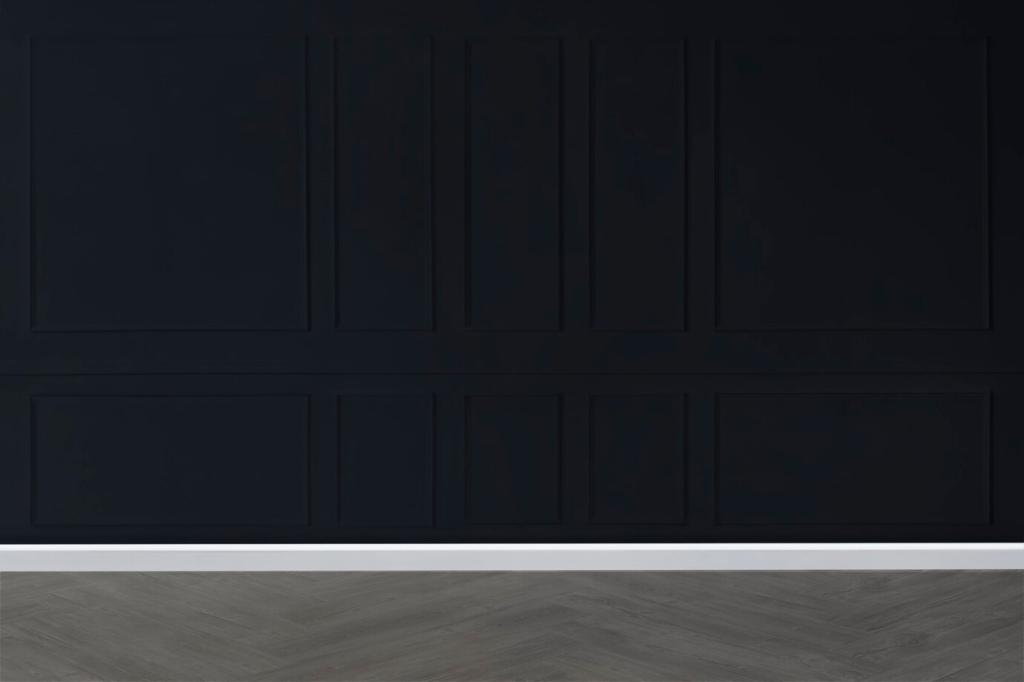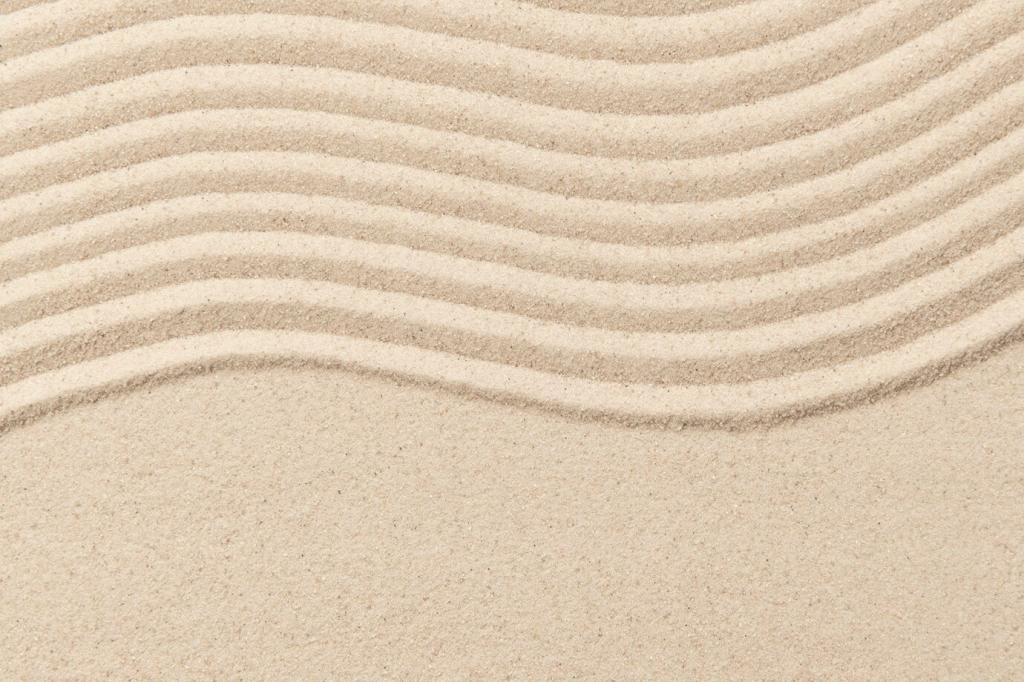Layout, Negative Space, and Natural Focus
Arrange seating to face windows or a single plant, not the television. Keep low profiles near glazing so daylight reaches deep into the room. Clear sills and corners; let views read as art, changing with clouds, seasons, and the hours you spend resting.
Layout, Negative Space, and Natural Focus
Choose one hero: a live-edge table, a tadelakt fireplace, or a stone plinth with a branch. Everything else supports that moment. Edit until the focal piece feels effortlessly inevitable, then stop. Tell us your chosen focal point and what you removed to make space.
Layout, Negative Space, and Natural Focus
Clutter steals attention from natural beauty. Use closed, flush cabinetry for necessities and leave surfaces quiet. A single tray for keys, a drawer for chargers, and a dedicated plant shelf keep life organized while preserving the room’s restorative, airy character.
Layout, Negative Space, and Natural Focus
Lorem ipsum dolor sit amet, consectetur adipiscing elit. Ut elit tellus, luctus nec ullamcorper mattis, pulvinar dapibus leo.


